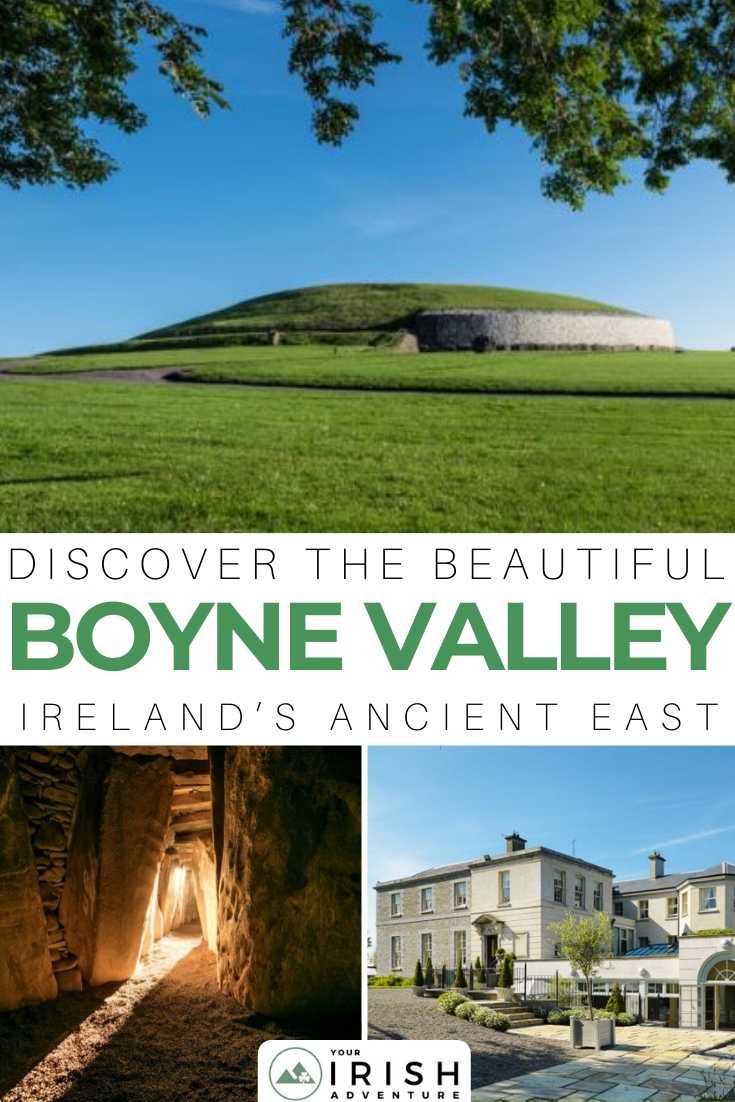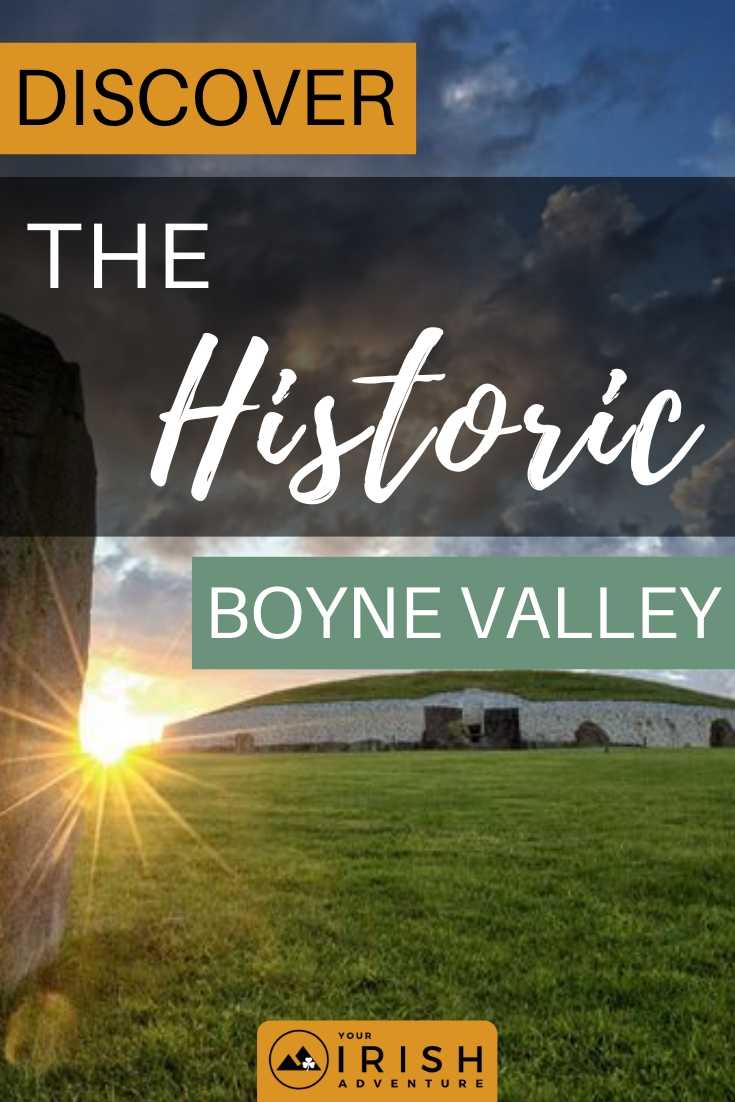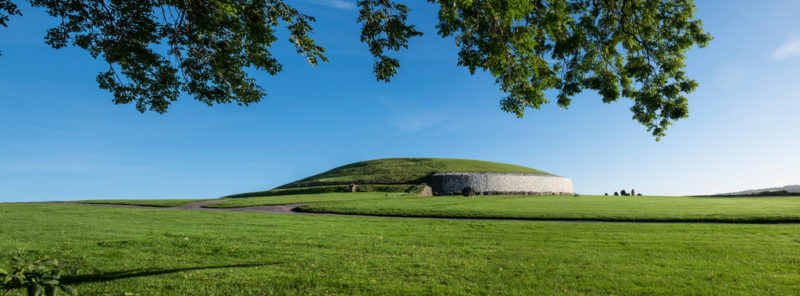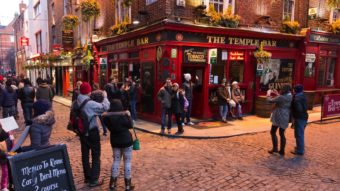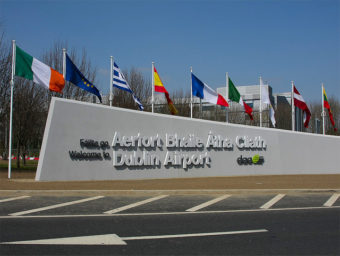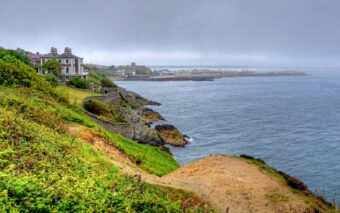The Historic Boyne Valley
The cultural wonders and historic attractions of Boyne Valley outside Drogheda, first caught our attention in March when Drogheda was announced as the host for Fleadh Cheoil Na hÉireann 2018. (meaning “festival of music”) the biggest traditional Irish music festival on the planet. Expecting to welcome around 400,000 attendees from Ireland and all over the world.
After a few short days discovering the Boyne Valley, thanks to Discover Boyne Valley, it’s clear that the local town of Drogheda will be the perfect backdrop to host this celebration of Irish culture.
The town and surrounding areas have a wealth of sites and stories dating from almost every period in Irish history spanning 5000 years, from the furthest reaches of our prehistoric past to the early modern period.
Newgrange
Beginning with the holy grail of Irish history, Newgrange. This Irish passage tomb dates back to 3,200BC making it older than the Egyptian pyramids. As the earliest structure known to have an astronomical feature, once a year between December 18th and December 23rd (the Winter Solstice) you can witness the morning sun shining a narrow beam of light into the chamber and as the sun rises higher, the whole room becomes dramatically illuminated.
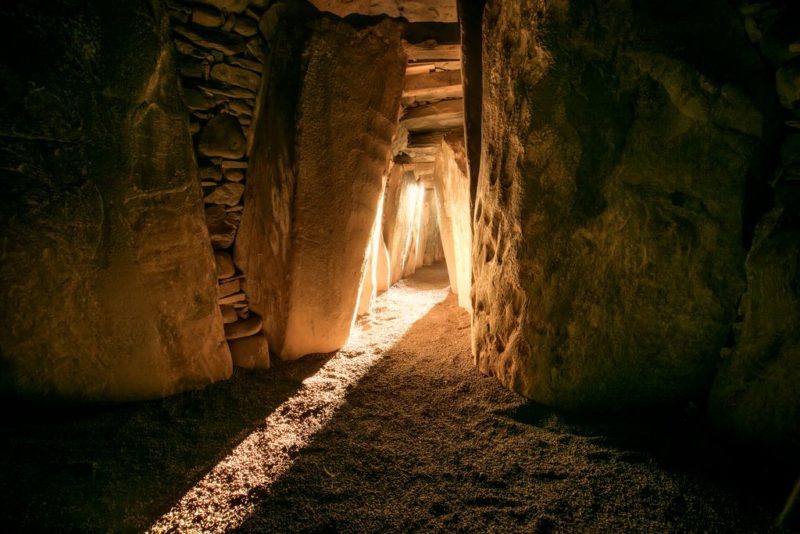
Discover Boyne Valley took us to the Newgrange site on a beautiful day in mid-June. We passed through the visitor’s centre which contains a wealth of historical background and information to prepare you for the main event.
While at the visitor’s centre, make sure you fill out an application form to enter the Winter Solstice lottery. Each year a select number of people are chosen through this lottery go gain access to the Newgrange chamber to get front row seats to the Winter Solstice.
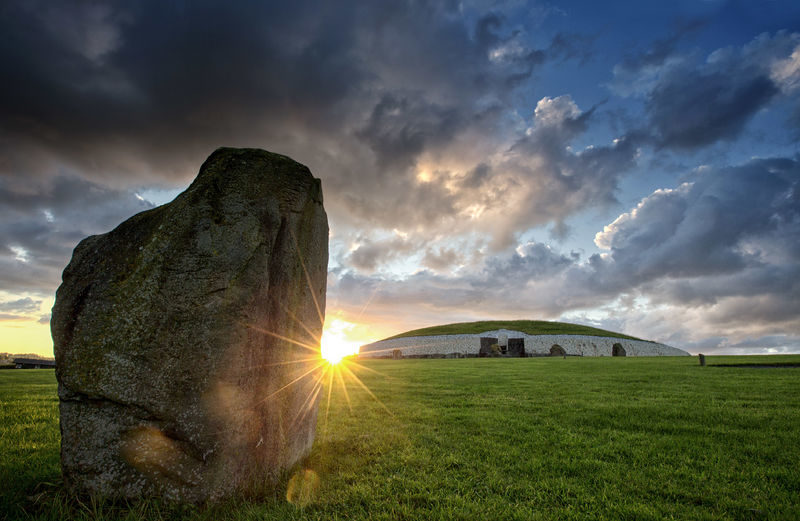
Following the visitor centre, we were taken on a 90 minute guided tour to Newgrange. It’s a truly spectacular experience, one that leaves you humbled and mystified, wondering how this remarkable structure came about.
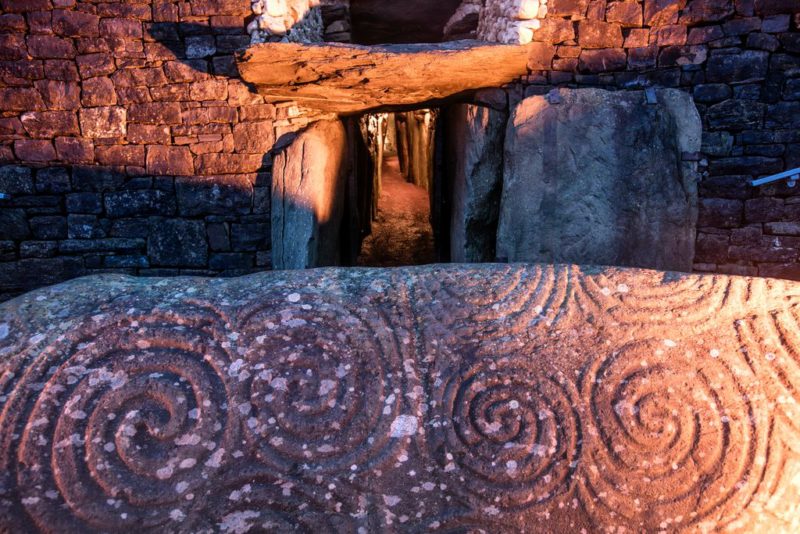
Local food and produce
Jumping forward to the 14th century when it was first built, Martry Mill is still one of the few working watermills in Ireland supplying stoneground wholemeal flour to bakeries, supermarkets and shops around Meath.
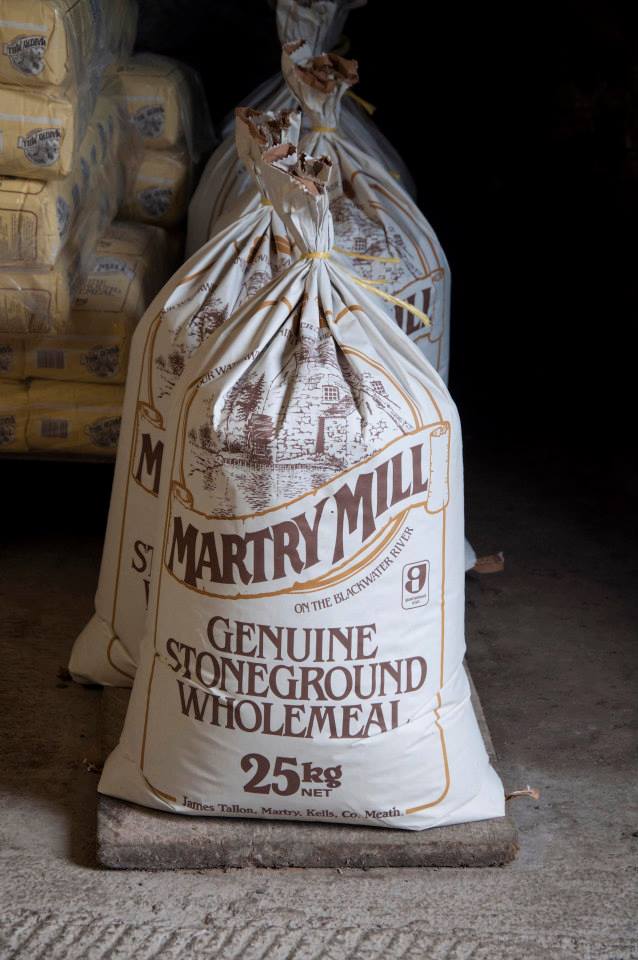
We got the chance to take a tour of the mill, watch as the watermill ground the flour and we even got to keep some flour for ourselves. Martry Mill has recently opened its doors to school tours and other groups interested in learning about this local piece of history.
With our freshly milled flour, we headed over to Causey Farm to bake our own bread at a traditional Irish baking workshop. If you’re looking for a unique activty, baking really suits any group from parties to schools tours. There’s no better feeling, walking away with your own handmade loaf of bread, an edible Irish souvenir.
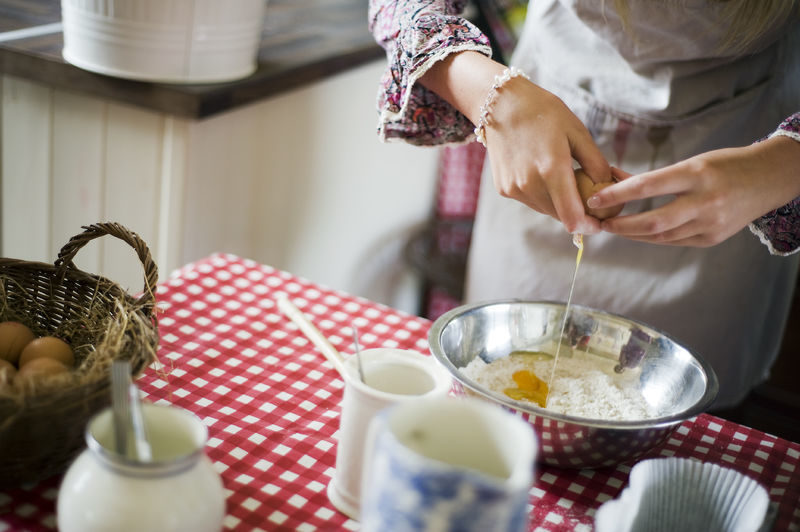
While at the farm, don’t miss out on plenty of other traditional Irish activities. We had an interactive lesson on how to play the bodhrán and took part in a céilí dance. There was also an amazing sheepdog demonstration and we got hands-on experience milking a cow, and we played some Hurling. Here you’ll get the full Irish experience hosted by the friendly Murtagh family at Causey farm.
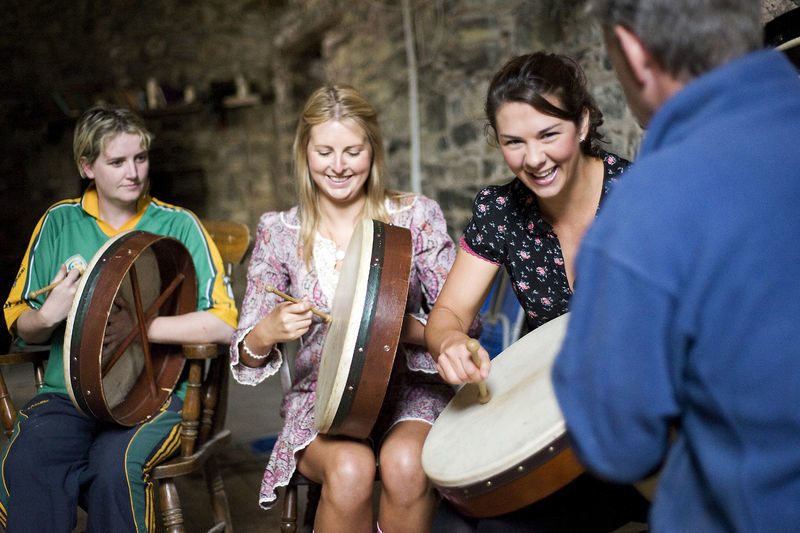
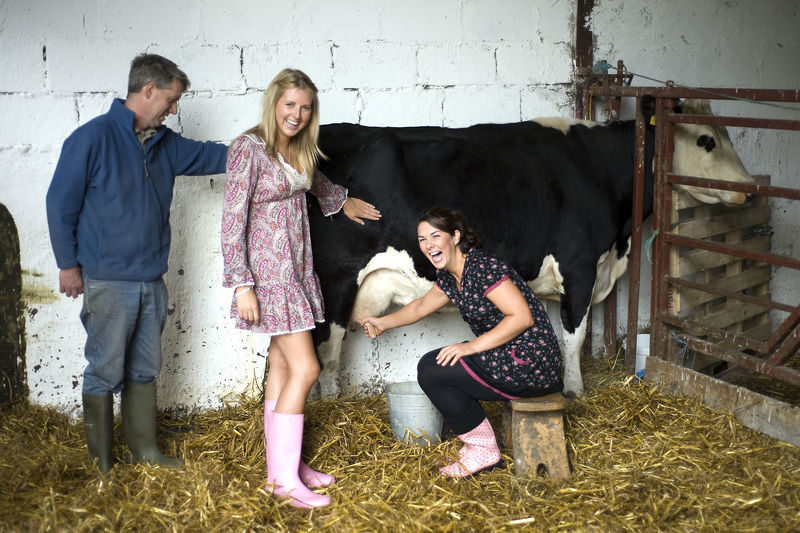
Whiskey from Slane Distillery
The adventures didn’t end there, we took an afternoon tour of Slane Distillery, producer of some of Ireland’s finest whiskey. Housed within the 300-year-old historic estate of Slane Castle in Boyne Valley, the tour brings history to life with storytelling. Relaxed but informative, this one hour tour took us through the distilling process from start to finish.
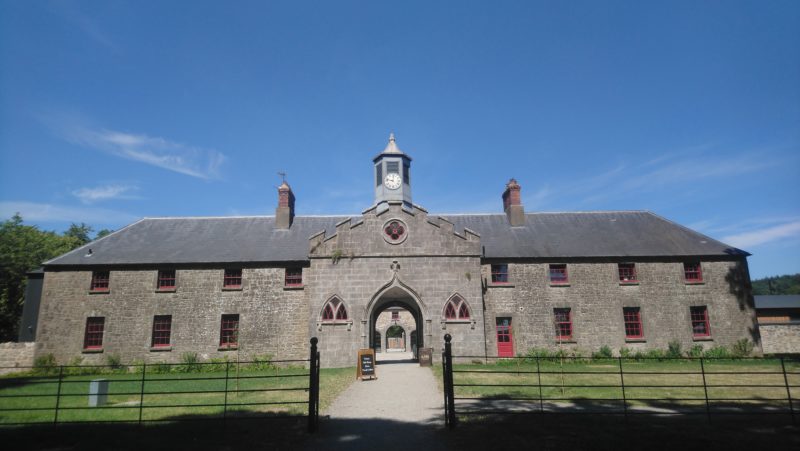
We learned about the sustainability efforts of the distillery, its use of homegrown barley produced on the Slane estate and the use of pure Irish water running through the Boyne river nearby.
We finished the tour with a sample of Slane Castle Triple Casked Irish Whiskey. Unlike, our flour making efforts at Martry Mill, we didn’t have years to spare to make the whiskey ourselves! The whiskey is seasoned in three different types of casks which really gives it that unique flavour.
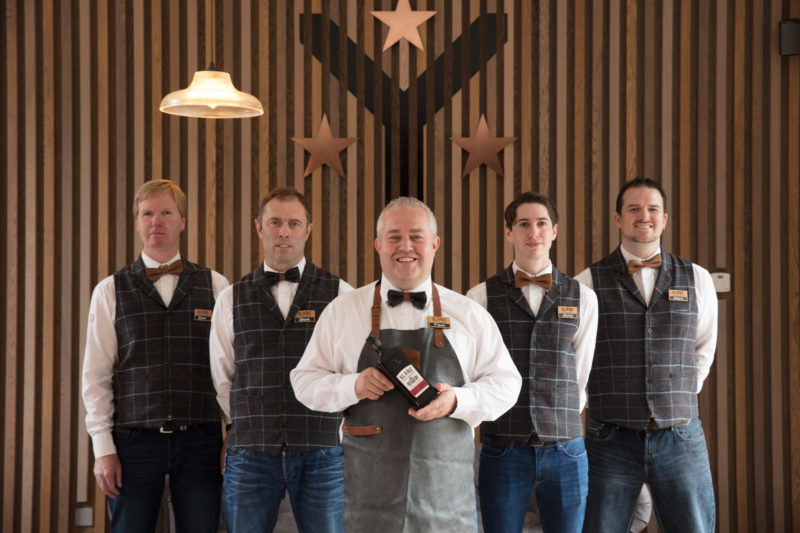
Military War Museum
Moving along our tour, we paid a visit to Ireland’s largest private military collective at the Irish military war museum. Unlike most museums across Europe, owner William Sullivan likes to let visitors have a hands-on approach to the collections.
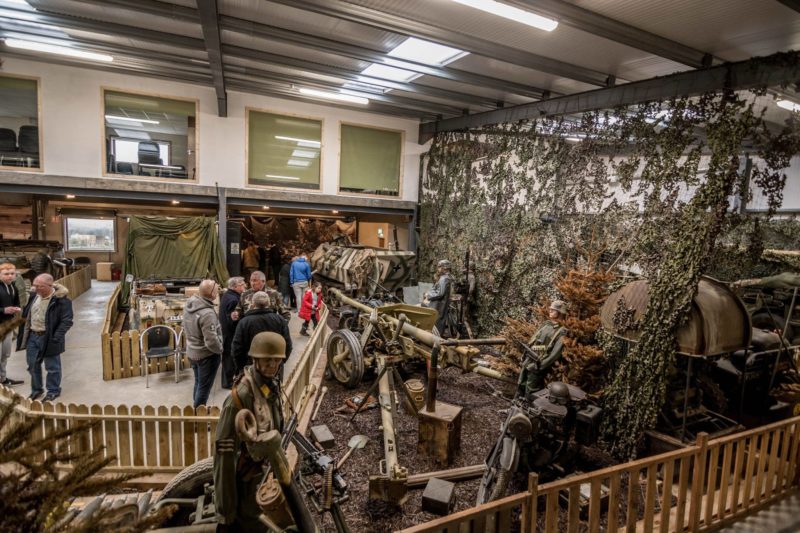
Visitors can hold and interact with the memorabilia like guns (disabled from use), masks and uniforms. All of these add to the educational experience!
The highlight of this visit was getting the opportunity to drive a tank used in World War 2. Not the smoothest journey I’ve ever been on but something I would highly recommend.
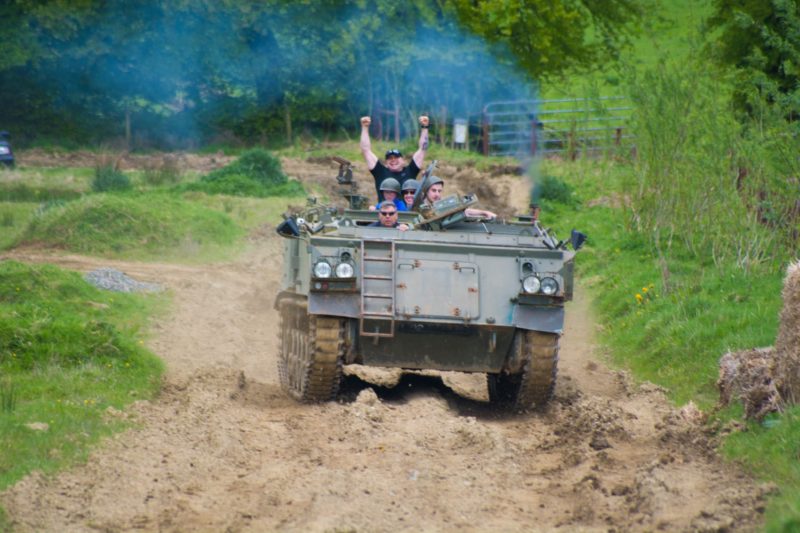
In the last 6 months, the Irish military war museum’s site has doubled in size due to its popularity. They have a tank riding experience, inflatable obstacles courses, bouncing castles and other family fun activities. You’ll need to keep an eye on their website to see their upcoming events!
Local Seasonal Food
There was no better way to end the trip than to visit Tankardstown, an 18th-century Georgian house. It’s located in the heart of Boyne Valley and is an amazing venue and restaurant. We took the afternoon to eat at Tankardstown’s award-winning restaurant, Brabazon and it did not disappoint.

The restaurant prides itself in using seasonal local produce, from their own organic gardens. It was a nice balance between fine dining and a relaxed and homely atmosphere. After lunch, we walked through the grounds and took in the stunning gardens and golf course.
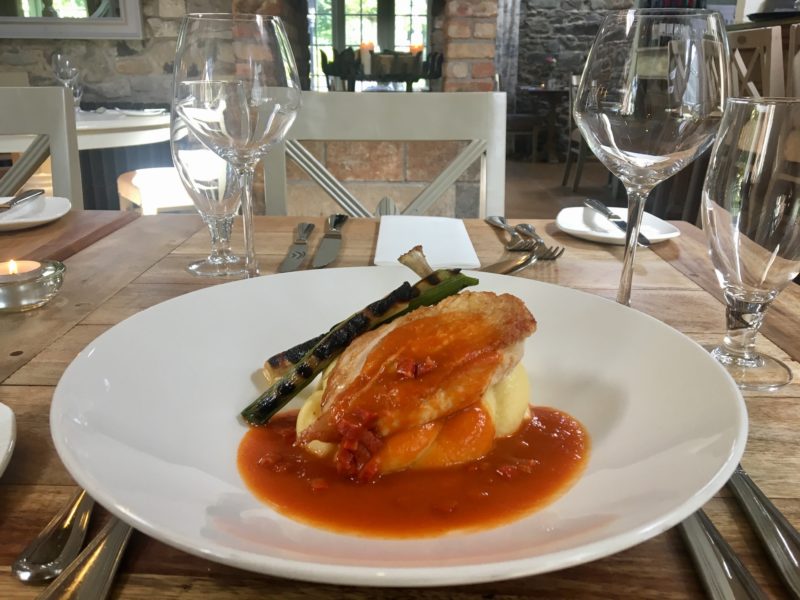 Boyne Valley doesn’t just capture one era or moment in time, Boyne Valley it’s the perfect place to relax, unwind, enjoy the Irish culture and encounter the story of Ireland.
Boyne Valley doesn’t just capture one era or moment in time, Boyne Valley it’s the perfect place to relax, unwind, enjoy the Irish culture and encounter the story of Ireland.
Fleadh Cheoil Na hÉireann 2018 takes place August 12th – August 18th offering a variety of free and ticketed family fun events. For more information visit the Fleadh’s website.

If you want to see some more of the Boyne Valley in Ireland’s Ancient East, we wrote about some of the best things to do in Meath. This includes Ireland’s only Theme Park; only in Ireland would you get a potato-themed park!
What’s your favourite thing to do in the Boyne Valley? Let us know!
Like This Article? Pin it!
